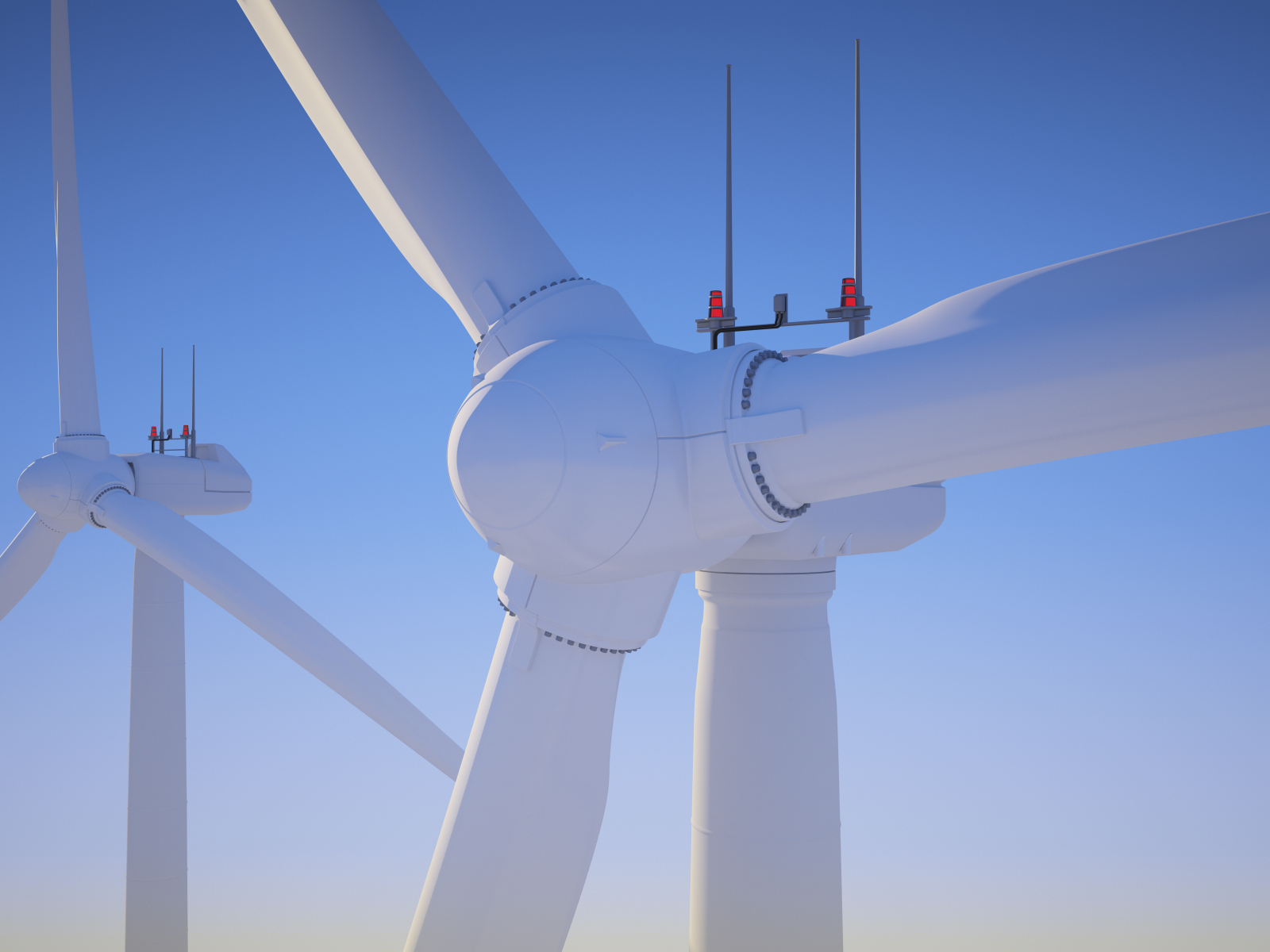Wind energy
Wind is the flow of air occurring as a result of compensation of various amounts of air pressure in the atmosphere when the Earth’s surface is not evenly heated. The wind energy is very big, amounting approximately to 1,020 J.
On the ground levels, the flow of air is very much influenced by the terrain curvature, but also the friction and turbulence. In general, the most efficient use of wind energy can be seen by the sea. “Occurrence” of this energy and its use for the production of electric energy in inland parts is influenced by topography of the land. Compared to solar energy, the wind energy is only used for the production of electricity, but not heat. On the other hand, when we select a good location for development of this kind of power plant, the output in the production of electric energy is much higher.

In general, the best conditions for development of a wind power plant are at the sea, where the weather conditions are the best. In inland parts, the development of power plants is determined by the topography. Each location has different specific features. An example is the Pandorf Plate, which forms some kind of a tunnel between the Alps and the Carpathian Mountains, provide excellent conditions for the development of a wind power plant. Terrain obstacles may have the form of mountain systems or presence of forests. Of course, as a rule the wind blows more in areas that are located higher above sea level. Therefore, we may say that the higher the altitude, the bigger the wind speed and consequently the possibility of energy production. Also, the forests and buildings slow down the wind speed to a significant degree, which has a negative impact on the turbine operation. The distance between the turbine and obstacle has to be at least more than 5-times the height of the obstacle in the main direction of the wind and at least 3-times in the side direction of the wind in order to prevent the formation of a dead air region which has impact on the production of energy.
Slovenská organizácia pre obnoviteľné zdroje energie, n.o.
+421 905 744 034
info(at)skrea.sk
www.skrea.sk
Rigeleho 1, 811 02 Bratislava

